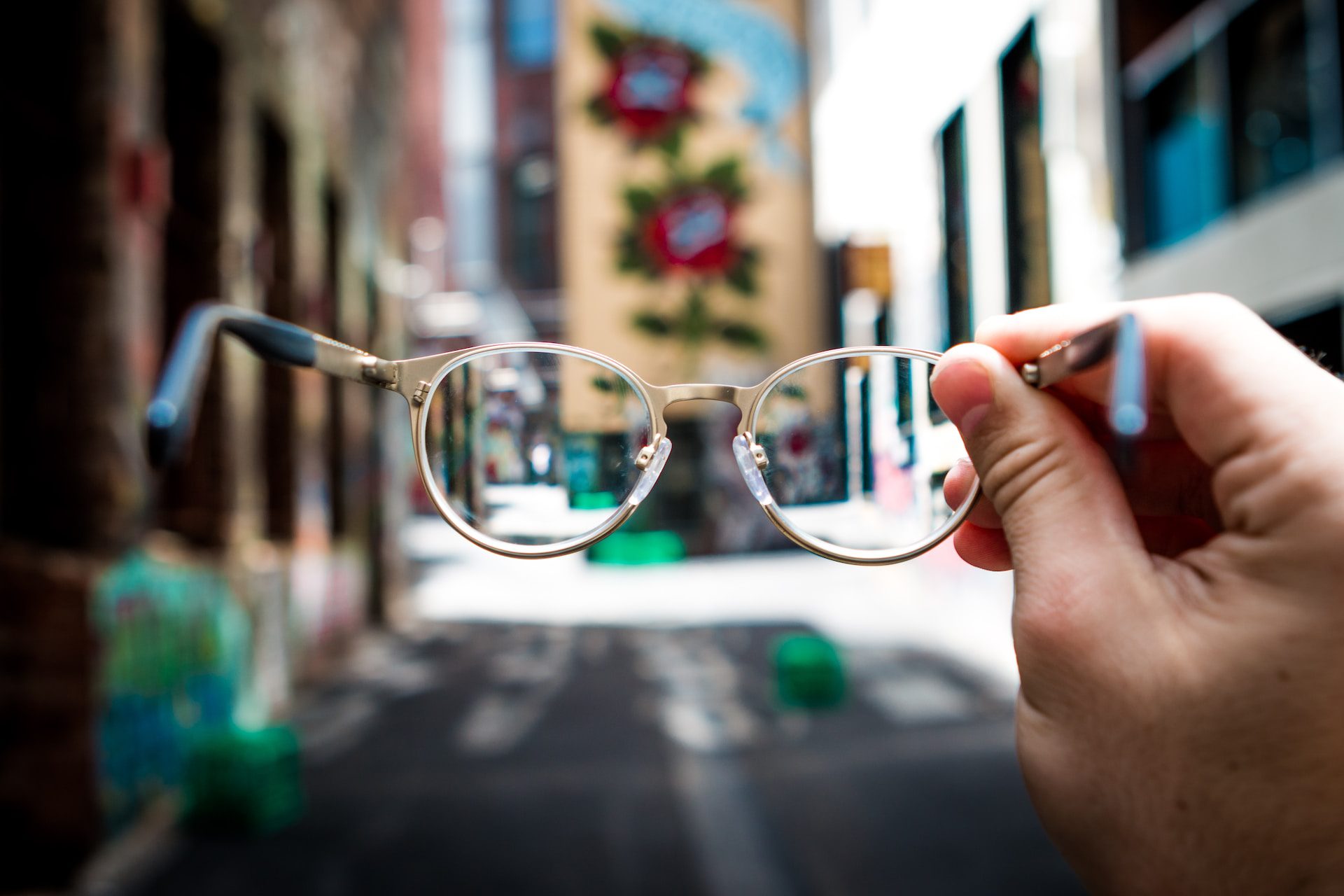
Polycarbonate materials are as ubiquitous as other types of plastic. They’re used to fabricate thousands of different parts and components, many of which we use every day. It’s likely that you’ve used something that features polycarbonate plastics within the last hour.
So what is polycarbonate sheet and other similar material fabrications used for? From your car’s dashboard to the eyeglasses you might be wearing, to the smartphone you might be reading this on, polycarbonate plastics are everywhere. Their potential for day-to-day applications and specialized construction is endless.
See insights from Polymershapes in this crash course about polycarbonate plastics and what they can do for your project, your business, or your products.
Understanding Polycarbonate
What polycarbonate is used for plays a big role in how it’s manufactured and fabricated. Polycarbonate is a naturally transparent substance that’s classified as an amorphous thermoplastic. Polycarbonate plastics are often made to be translucent, as well, due to how the raw materials permit light transmissions. In other words, unless it’s created to be less translucent and more opaque, then polycarbonate can be nearly as crystal clear as glass and transmits internal light in much the same way.
One difference is that Polycarbonate polymers are more resistant to impacts. The material tends to be stronger than glass, and it’s able to withstand rough treatment without breaking, cracking, shattering, or warping. That’s why you often find polycarbonate sheeting in bulletproof glass and car windshields.
Another reason that polycarbonate plastics are used in engineering is that polycarbonate is extremely pliable. Unlike other plastics, it can be formed into new shapes at relatively low temperatures. In fact, you can change its shape at room temperature, and you can do so without breaking or degrading the material.
That being said, polycarbonate can be heated. At that point, it’s even easier to transform the shape of polycarbonate sheeting and turn it into something new. It helps that Polycarbonate plastics are resistant to heat, as well. As you can imagine, it’s difficult to do any kind of damage to polycarbonate plastic.
So, now we know what polycarbonate material is: an amorphous thermoplastic that’s naturally transparent and simple to manipulate. Let’s delve into the different types of PC plastic available, as well as its practical applications and benefits.
Different Types of Polycarbonate
Before we continue exploring what polycarbonate is used for, let’s take a look at the various types of polycarbonate. Bayer and GC simultaneously developed polycarbonate sheeting in the middle of the 20th century. Since then, an increasing number of developers have entered the fray. Most developers have their own formula for polycarbonate materials and their production.
The type of PC used is dependent on the part or product being created. Some polycarbonate plastics can withstand tremendous amounts of pressure, making them the right choice for industrial projects. Other kinds of polycarbonate are ideal for the automotive industry or for the creation of small, disposable plastic products, such as cups, trays, and even the blister packs that contain medicine.
MAKROLON Clear polycarbonate sheets are one type of plastic. In addition to glazing, this polycarbonate is used in industrial fields due to its impact strength. MAKROLON Clear SL stands up to extreme weather while maintaining its color and translucent appearance. Polycarbonate mirror sheets are found in two-way mirrors, as well as the impact-resistant mirrors needed in automobiles and institutional environments.
Uses and Applications of Polycarbonate Materials
What is polycarbonate material? It’s almost magical. Its wide-ranging possibilities allow it to be transformed into nearly anything. Polycarbonate sheet can be an ideal stand-in for glass, in particular, because it has a natural, built-in UV filter. It’s also lighter than glass—and metal, of course—which makes it an obvious choice.
We’ve mentioned a few of its applications, including eyeglasses, windshields, and small plastic products. Thanks to its resistance to heat, it is used to create molds for both silicone and urethane casting, as well as 3D-printed items. The headlights on your car are probably made from polycarbonate, as is the protective case on your smartphone or tablet.
Polycarbonate plastics show up in the mundane items you use from day to day, as well. It’s a favorite for fountain pens, for example, not to mention pieces of luggage. Going beyond that, the material is helpful in the medical field, too. Prosthetics and other orthotics are often made with PC plastics, as are certain surgical devices.
 Benefits of Polycarbonate
Benefits of Polycarbonate
What is polycarbonate used for? Nearly everything. In counting up its benefits, it’s not hard to understand why it’s the material of choice in an array of industries. Topping the list is its durability, which extends to its ability to retain its clarity over time. PC plastics don’t erode as quickly as other plastics, nor are they degraded by UV radiation.
Applying the Qualities of Polycarbonate Materials
Polycarbonate is an altogether healthier alternative to most materials. It’s not as toxic as other types of plastic, which is an enormous benefit. Because you can recycle polycarbonate plastics, they’re an environmentally friendly option, as well.
Their safety extends to their heat resistance. That feature allows polycarbonate sheeting and other fabrications to work together with flame-retardant materials to protect against heat and fire. Add in its ability to weather through almost any type of weather and you can understand why it’s perfect for building construction, armored vehicles, and aerospace applications.
Fabricating Polycarbonate Products
Now you know what polycarbonate material is and what polycarbonate is used for in a range of industries. If you have an idea about a prototype or a need for a plastic part, then you can talk to the experts at Polymershapes about the next course of action. Your idea might work best with thermoforming or another type of plastic manipulation.
Talk with a polycarbonate fabrication expert for help planning to produce polycarbonate products or materials for your business. Give us a call or send a message to discuss how polycarbonate plastics can benefit you.


 Benefits of Polycarbonate
Benefits of Polycarbonate


